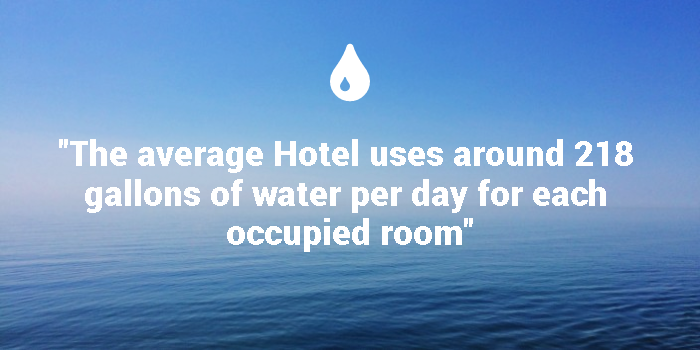What is the Carbon Cycle?
July 25, 2016
The Carbon Cycle is the environmental system that describes the movement of carbon from organisms to the atmosphere and back. Carbon plays an important role on the Earth as all organisms are made from carbon compounds and are in themselves a part of the cycle. This allows for carbon levels to be regulated, ensuring that the global temperature is under control.
The amount of carbon moving in the Carbon Cycle is fairly balanced with carbon being absorbed from the atmosphere to plants, soils, geological formations, and the ocean and returning to the atmosphere through decomposition or exhaust from organisms. Since the onset of the Industrial Revolution, the amount of carbon entering the atmosphere has increased. This will have a strain on the typical absorbers of carbon, especially when some of these – like trees – are used as a sources of fuel and release the stored carbon into the atmosphere.
—
Other Sources
Earth System Research Laboratory. “Carbon Cycle Science.” National Oceanic and Atmospheric Administration. http://www.esrl.noaa.gov/research/themes/carbon/. Accessed July 26, 2016.
Riebeek, Holli. “The Carbon Cycle.” NASA Earth Observatory. http://earthobservatory.nasa.gov/Features/CarbonCycle/. Accessed July 26, 2016.











